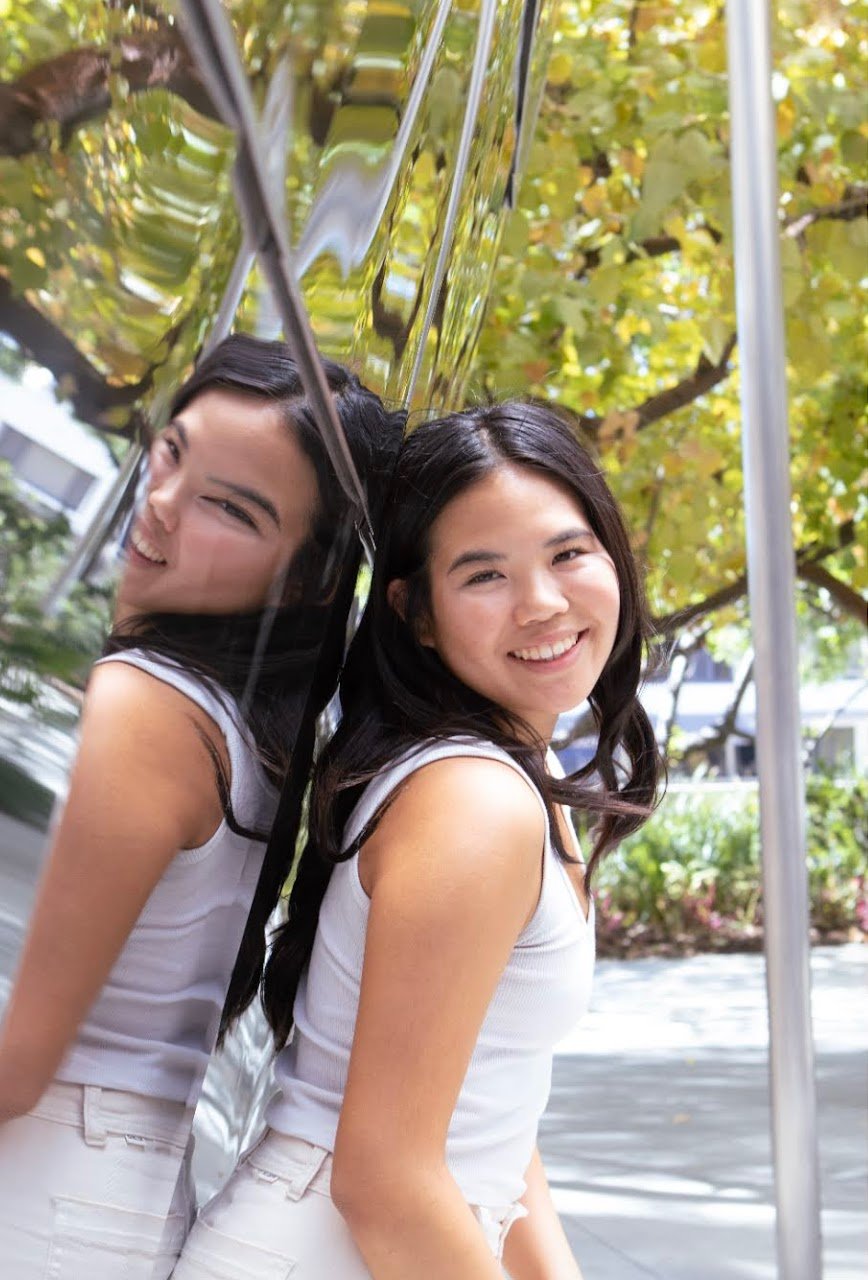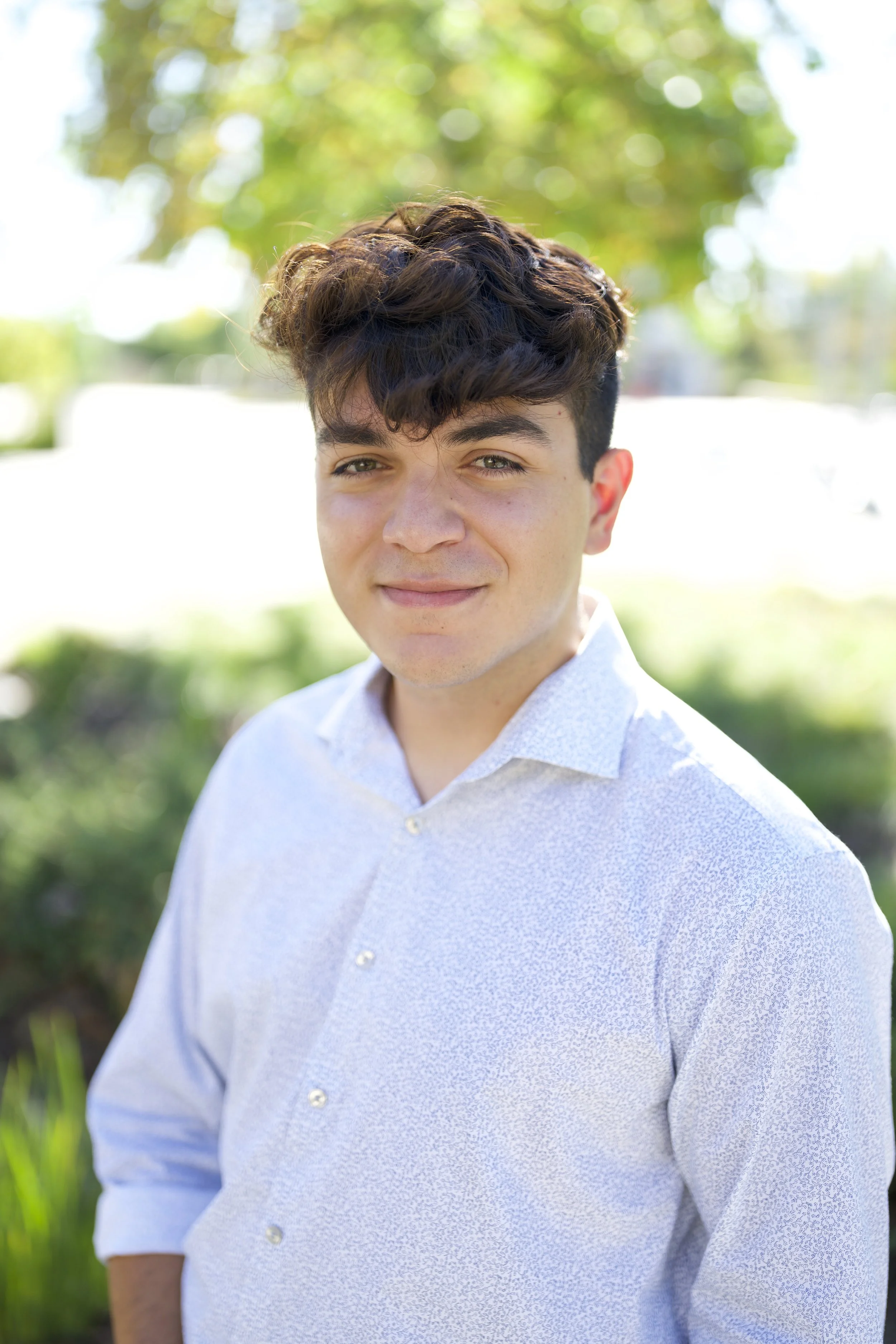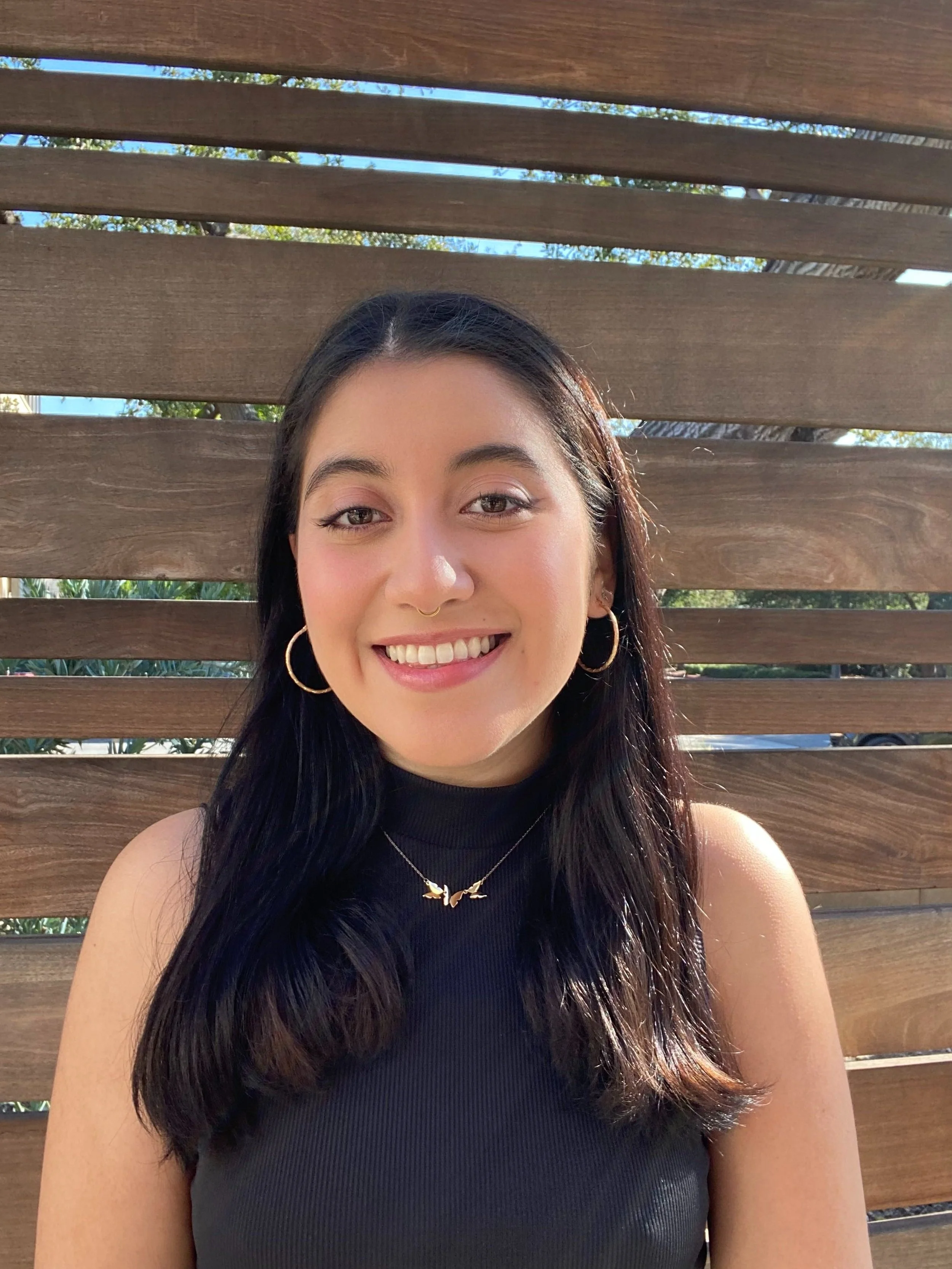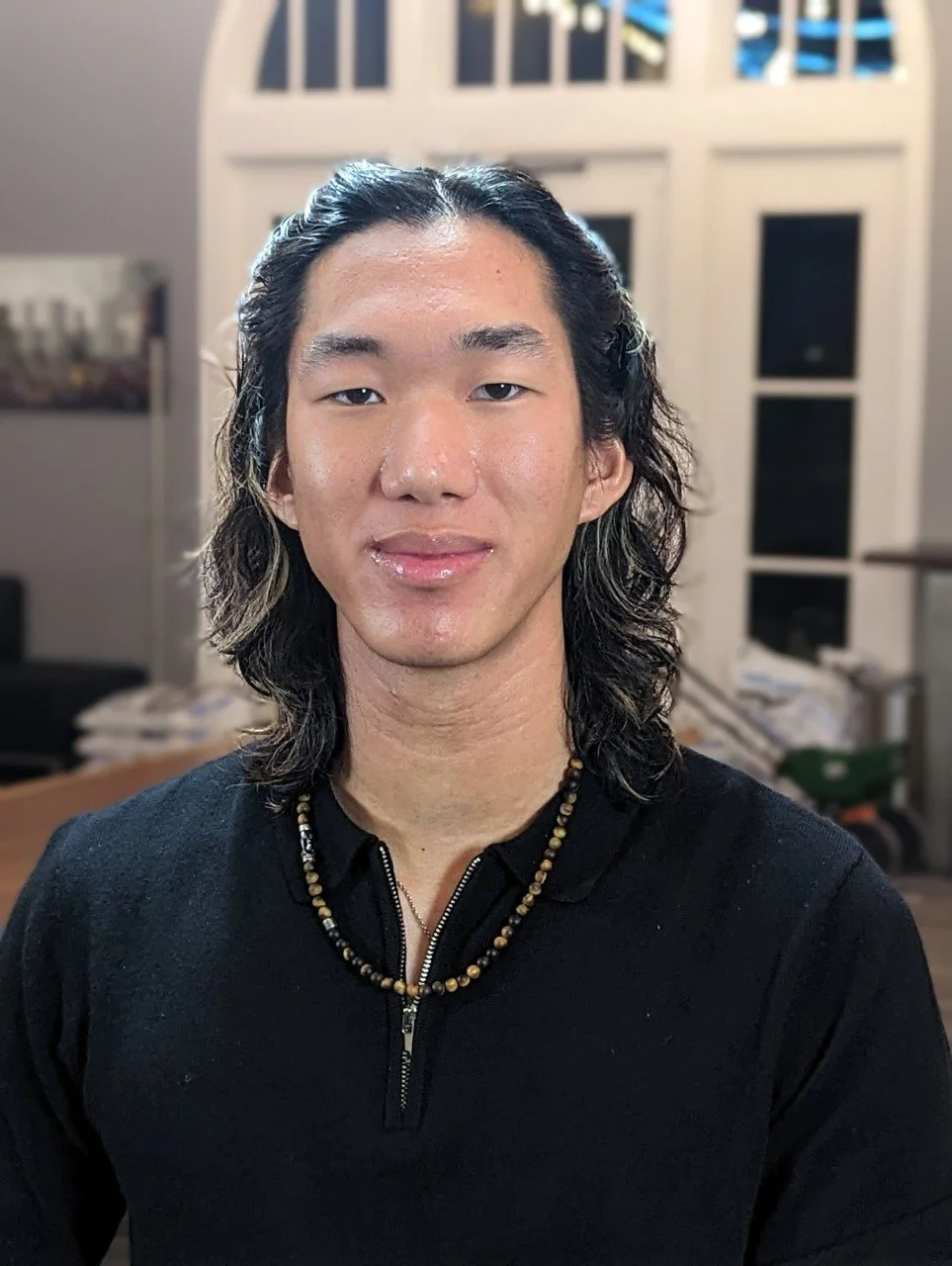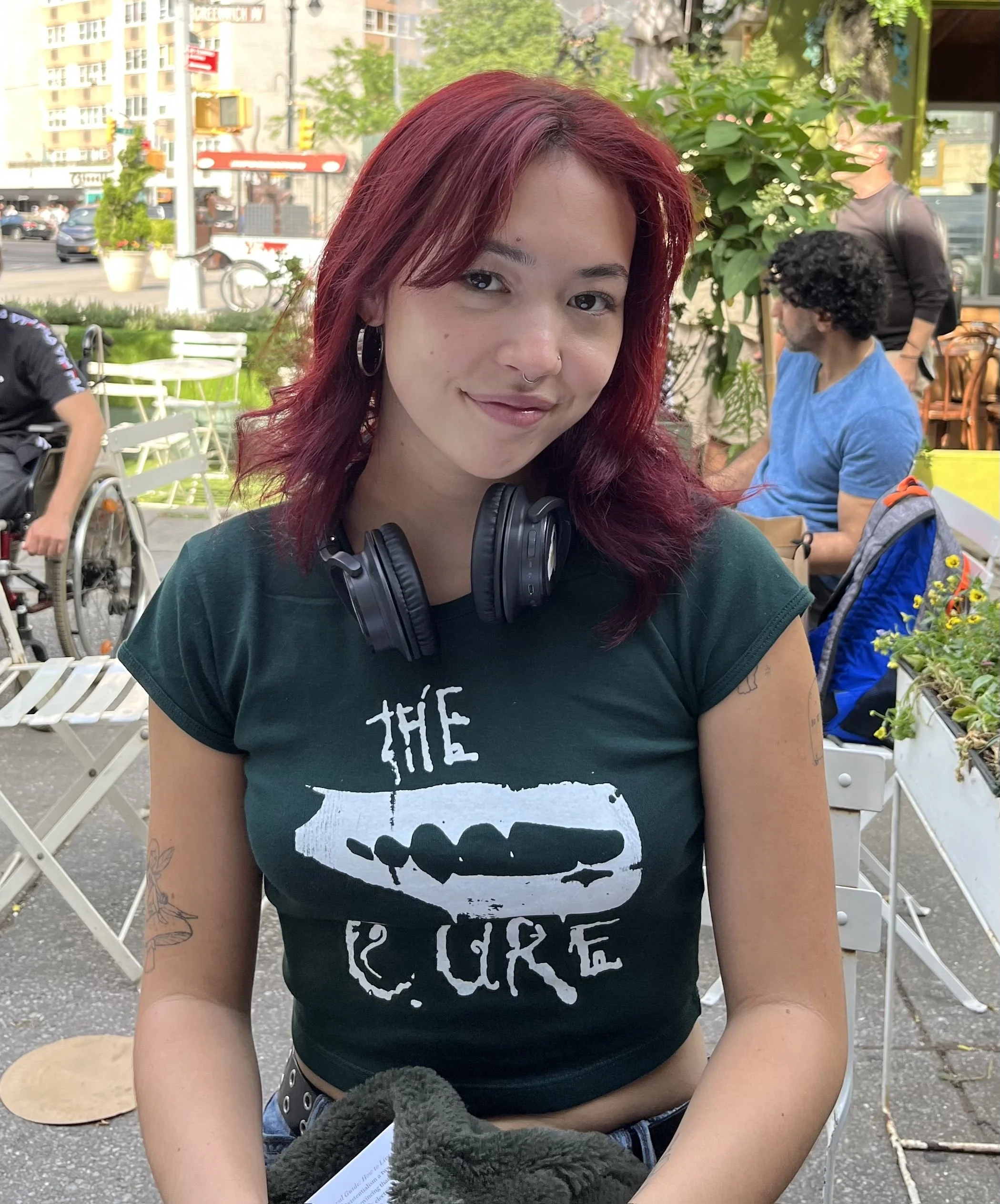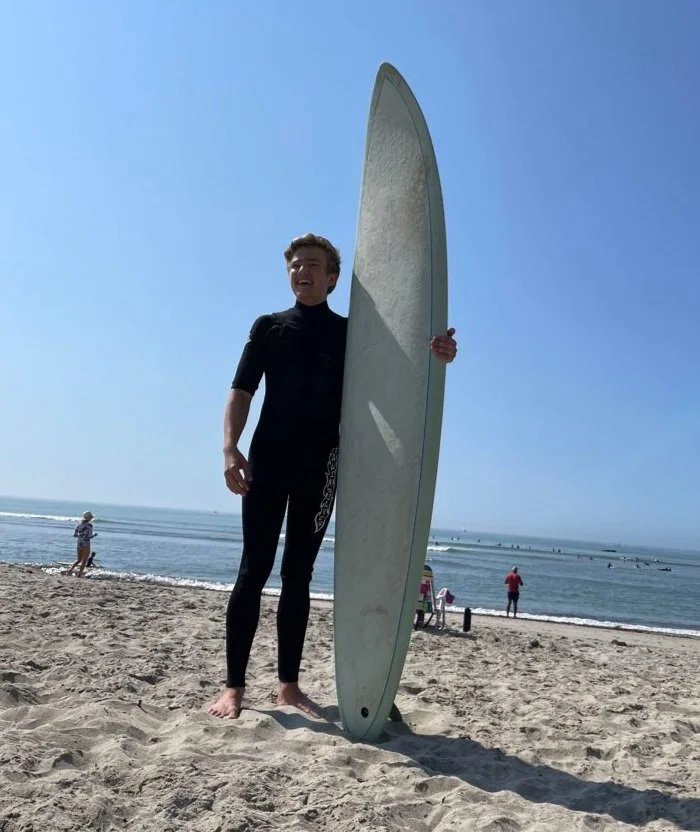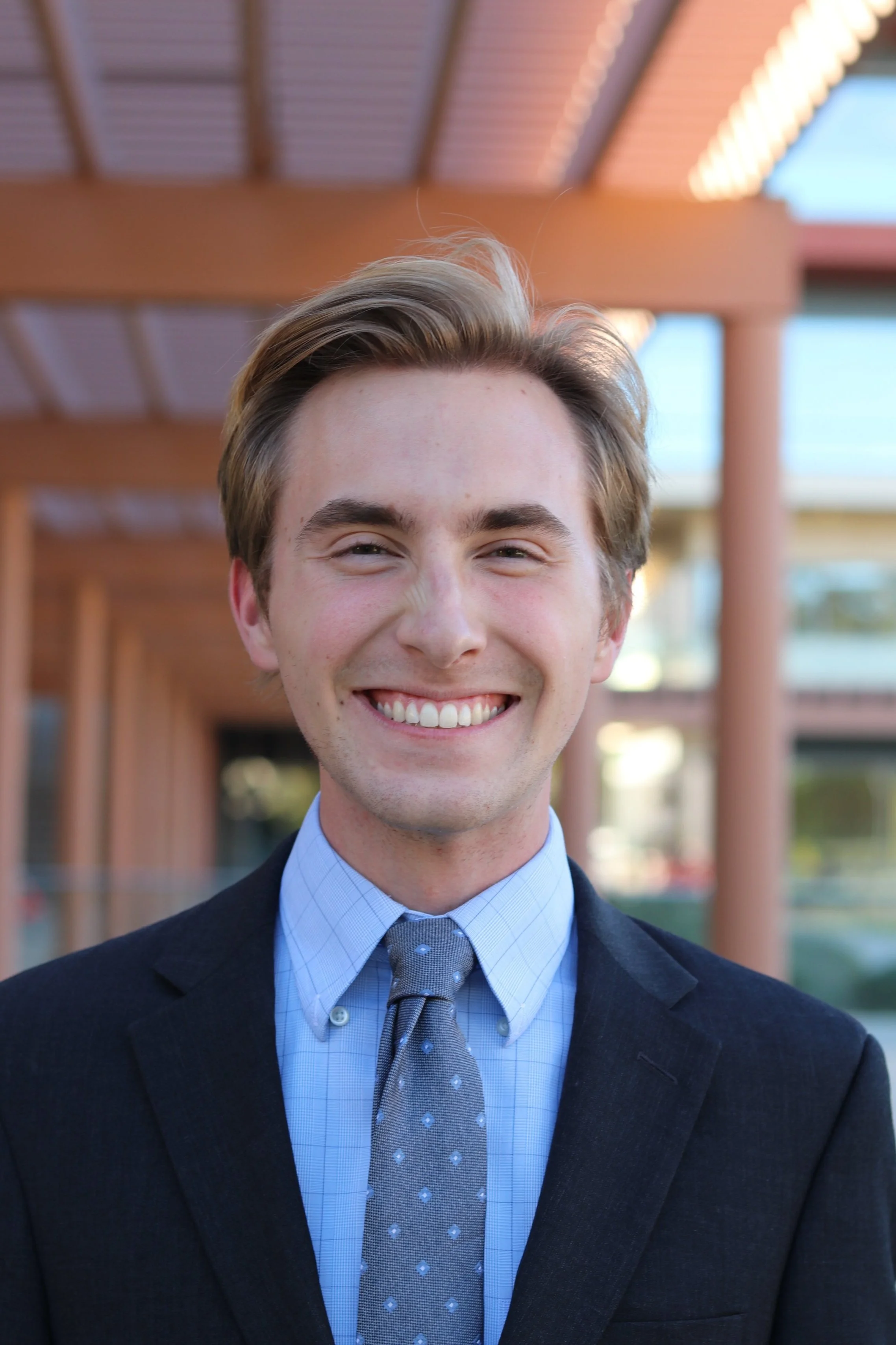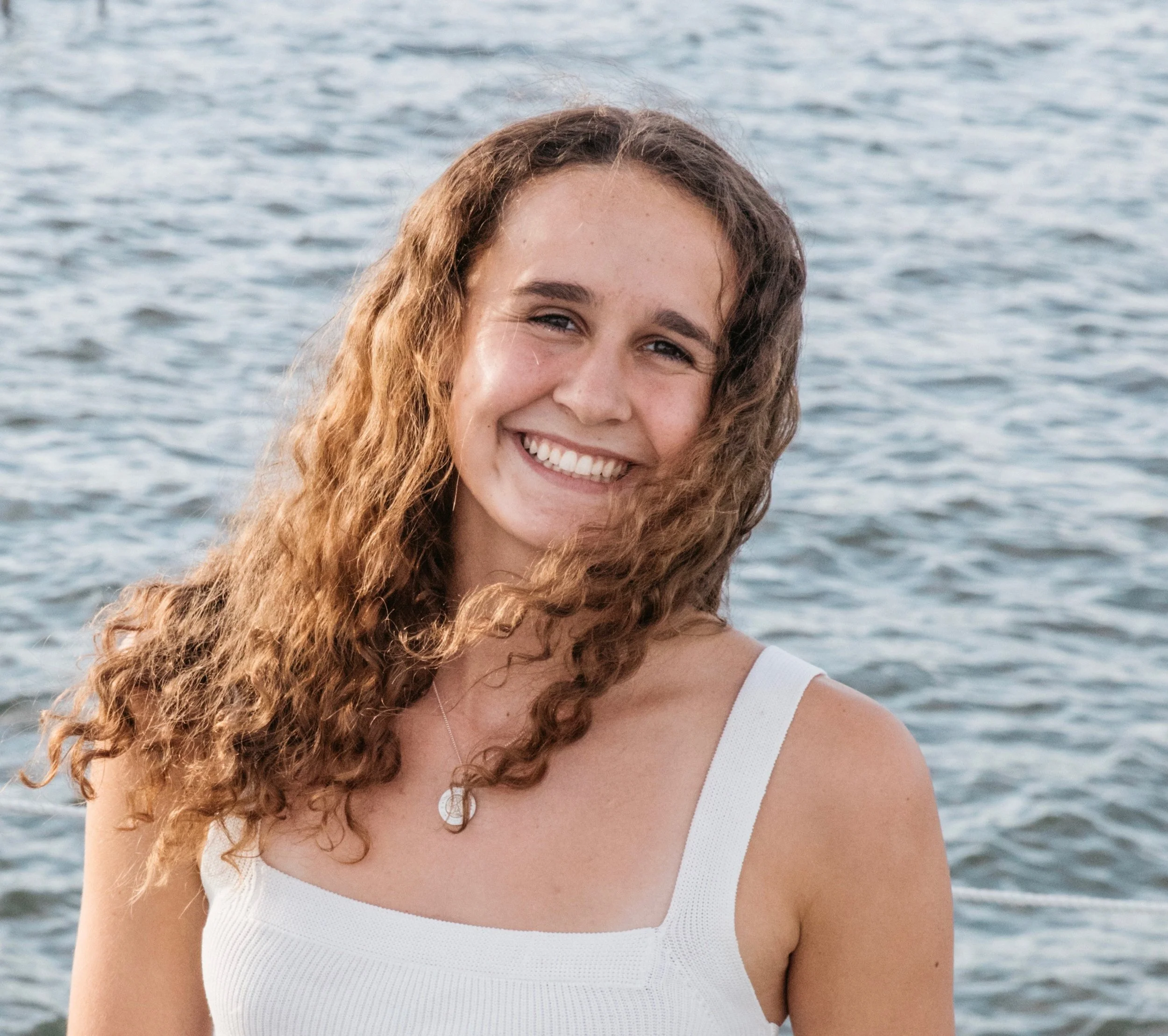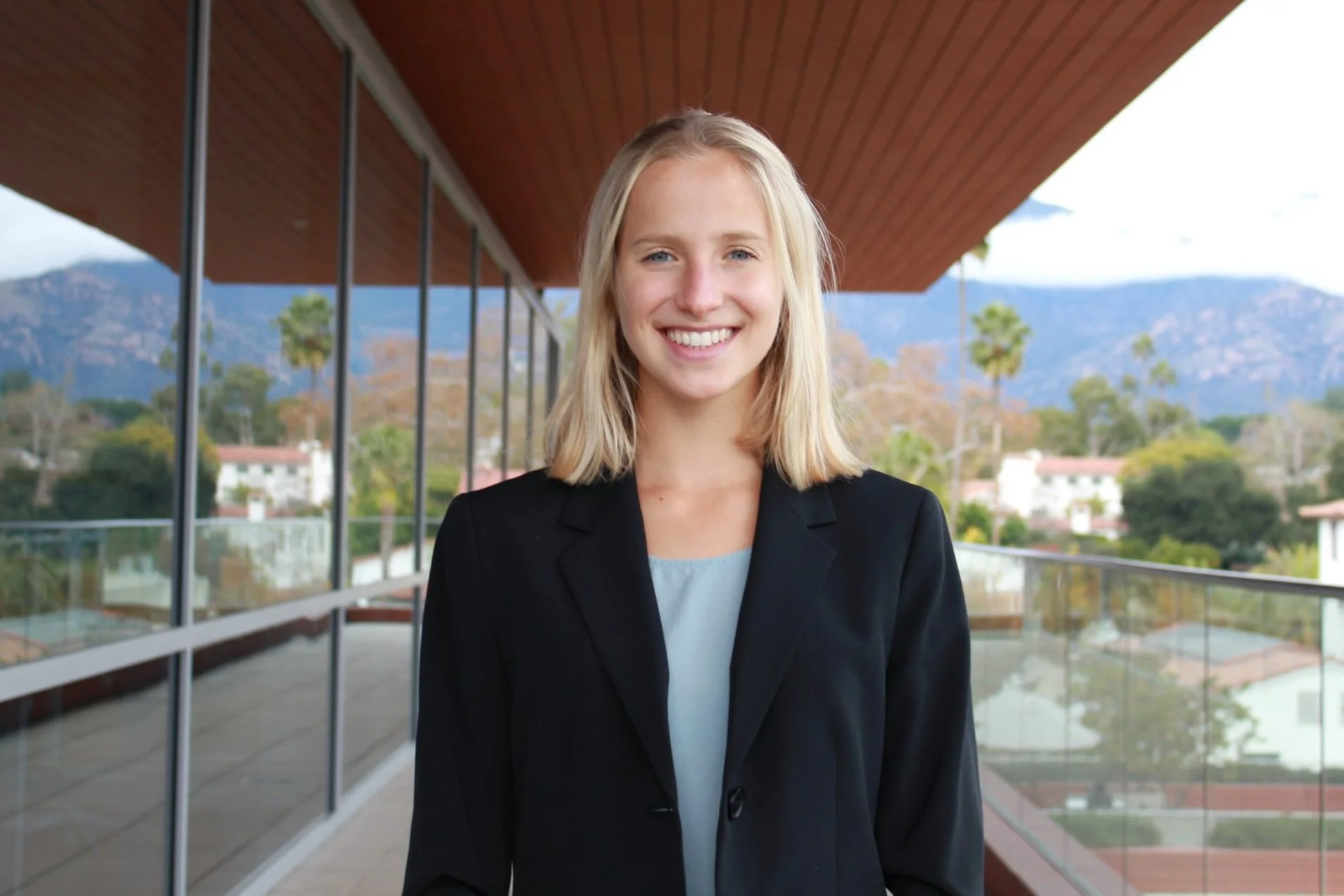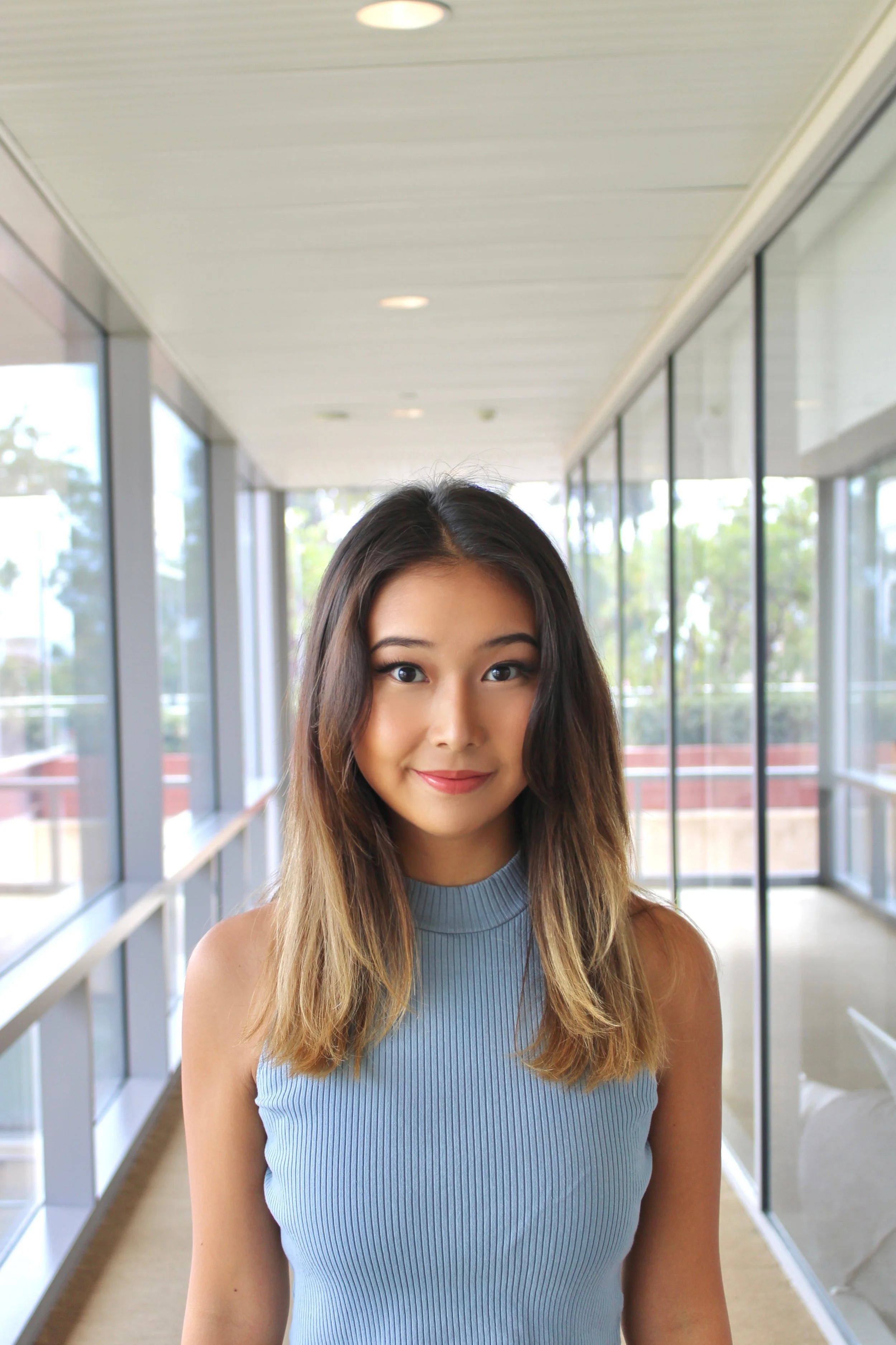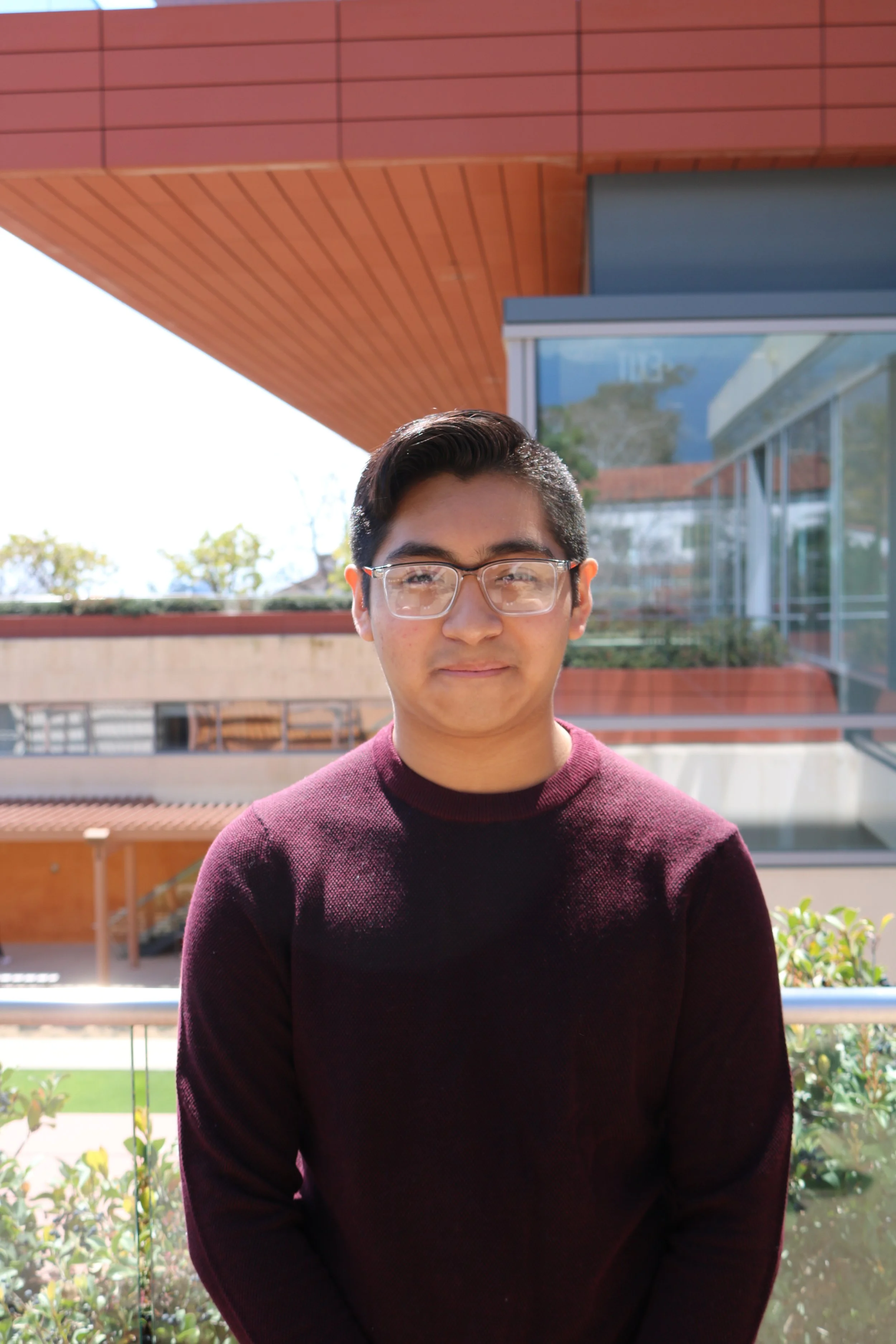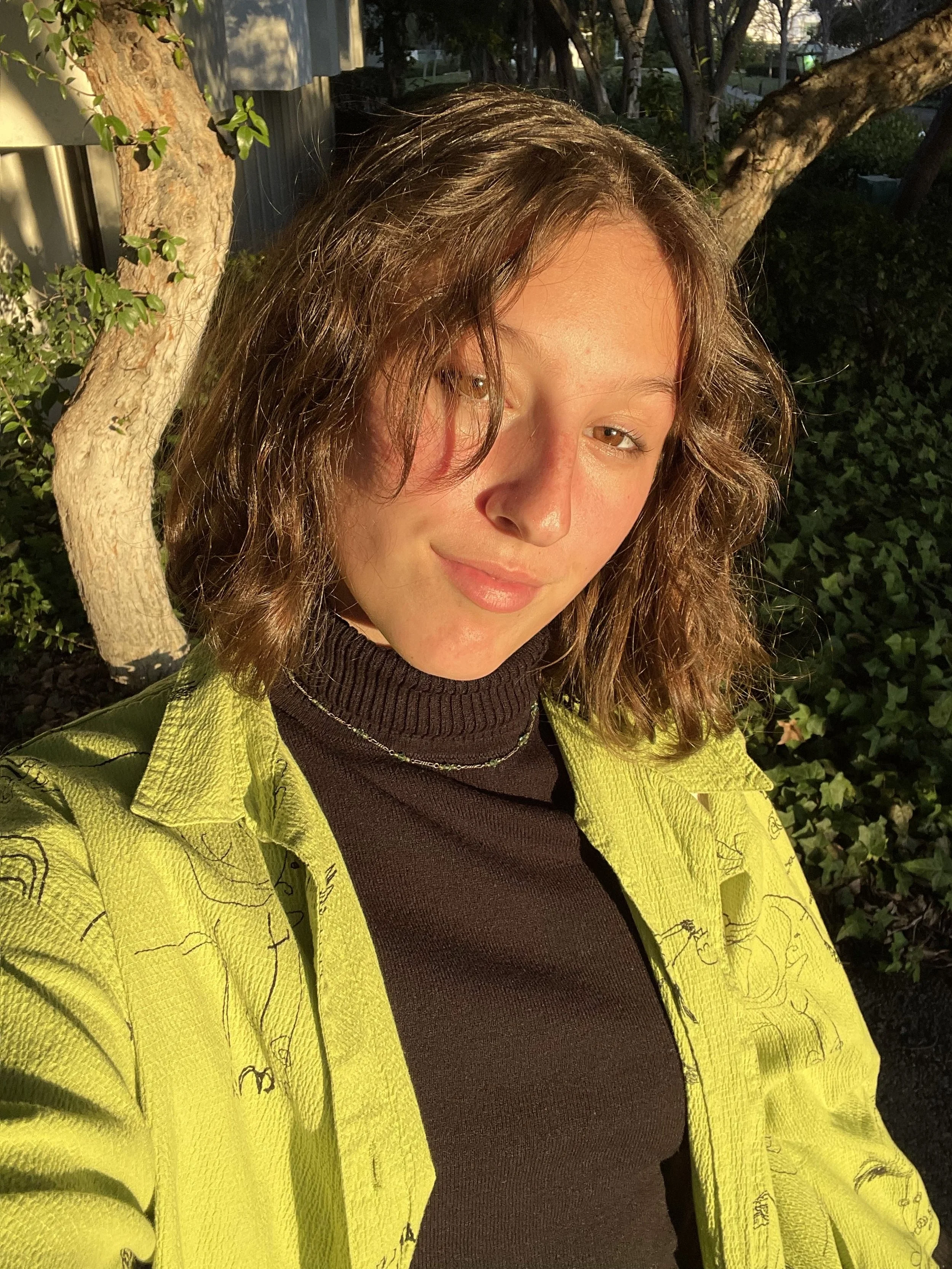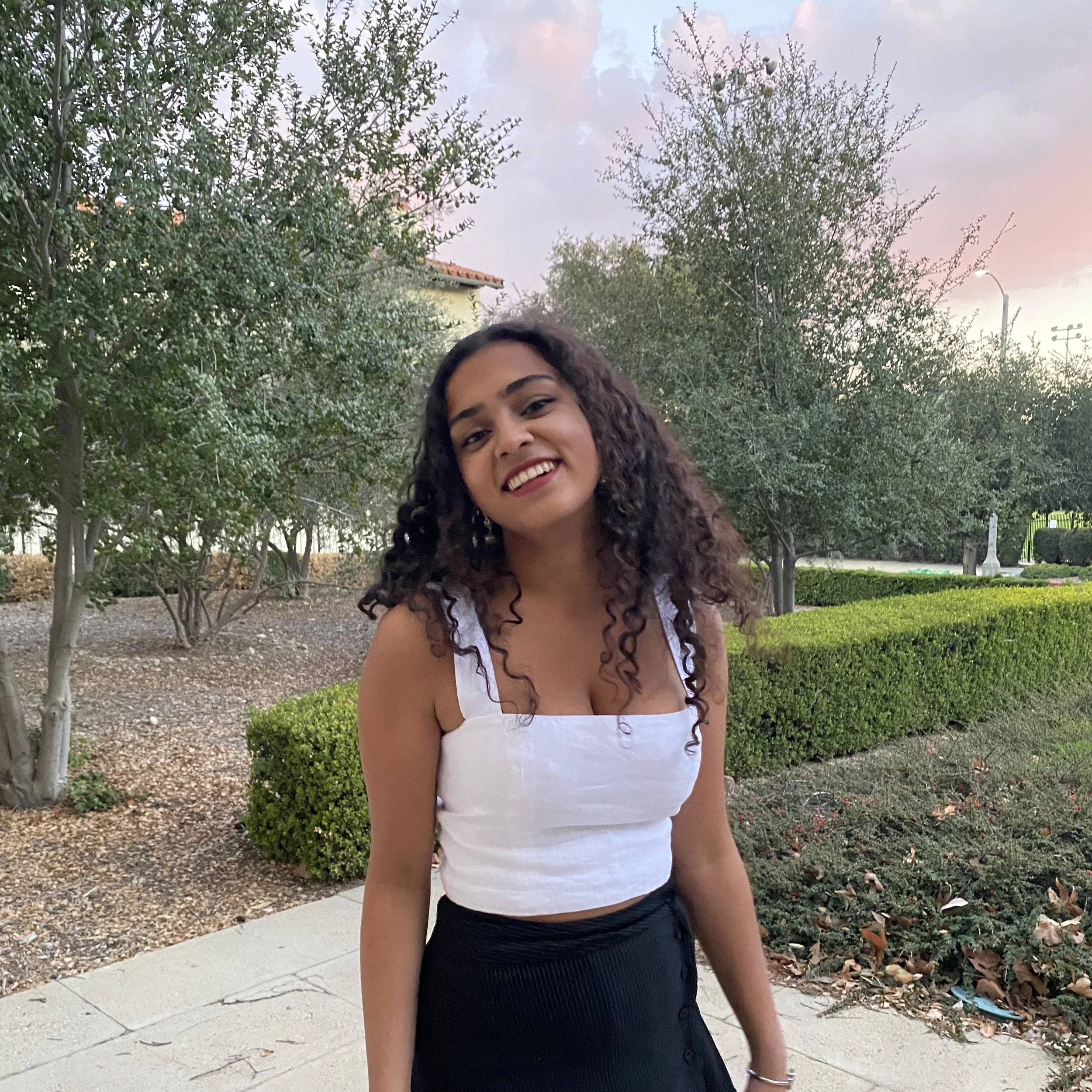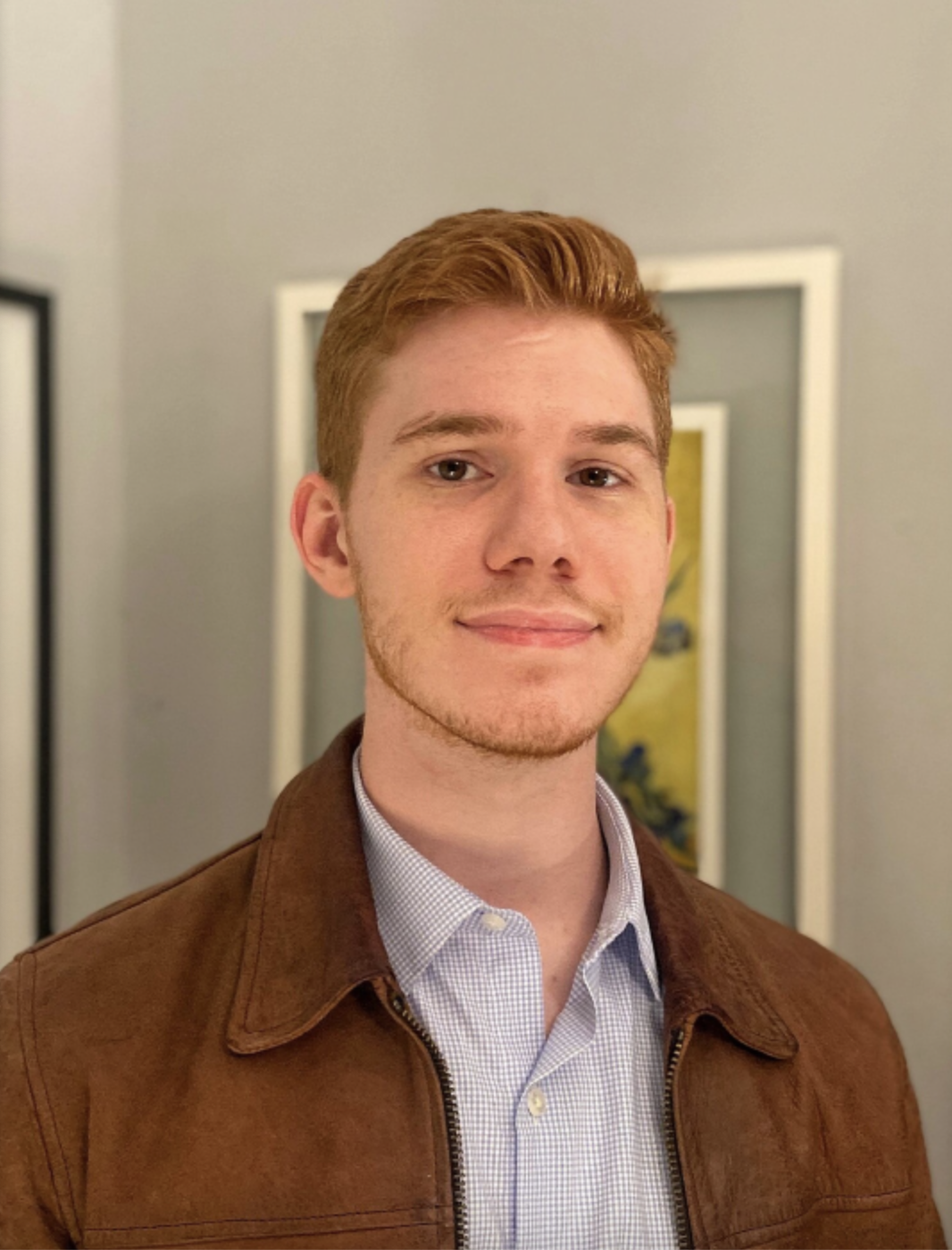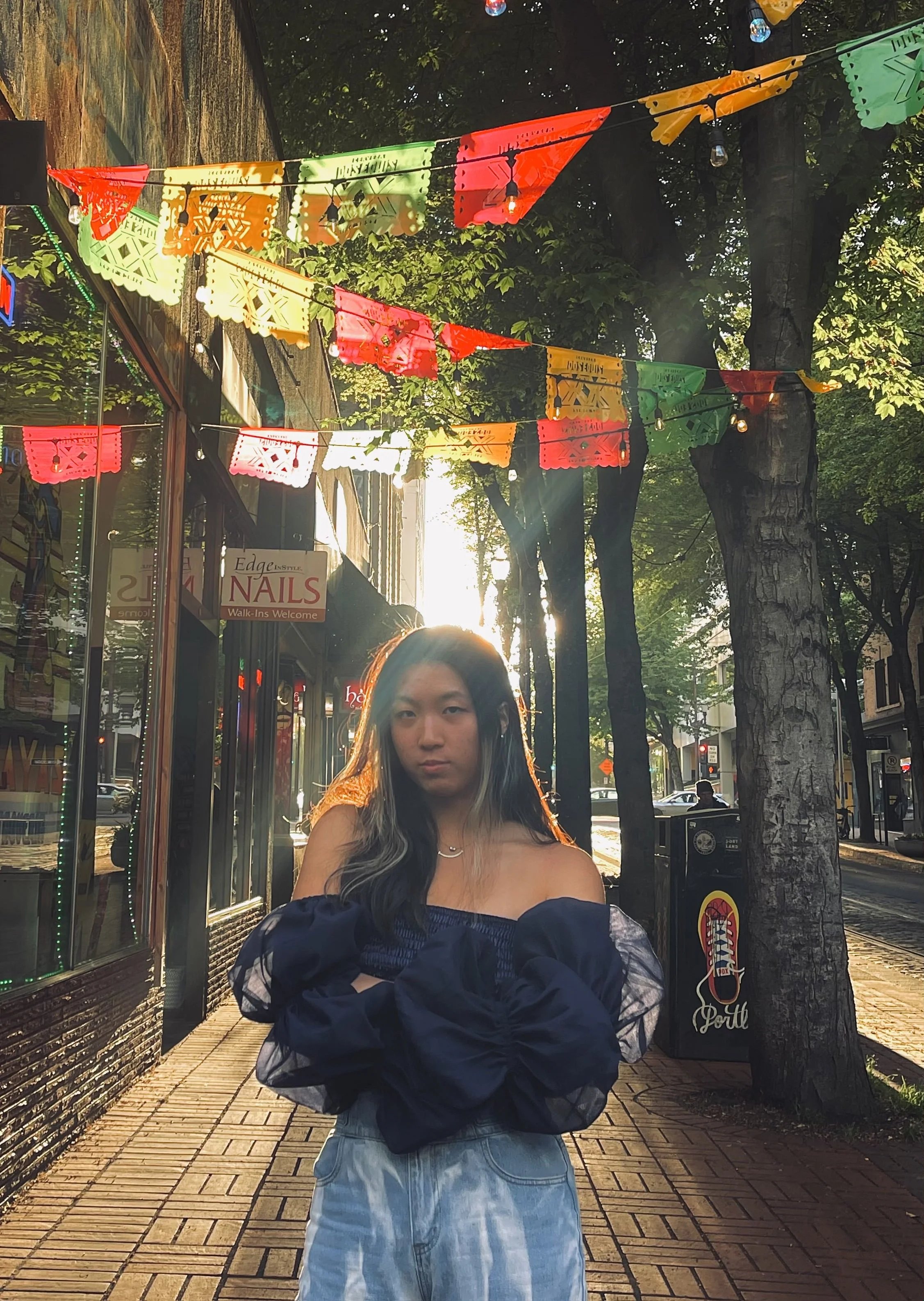Humanities Passion Projects 22-23
Projects Funded by the Gould Center
Jonathan Becker
Power and Accessibility: Evaluating Open-Source Computer Science Classes Through a Socioeconomic Lens
In this day and age, it’s become incredibly common to hear “coding is the new literacy,” “everyone will learn to code someday,” and other such assertions, regardless of what field you work in. Putting aside whether or not these statements are true, they present a pressing question, especially for those in non-STEM fields: where do I even begin to learn to code? While tech skills are becoming in some ways a path to power and economic wellbeing, the field remains largely homogenous and barrier to entry remains high.
In this project, I will seek to analyze one such course, called Nand2Tetris, which is a Massively Online Open Course (MOOC), through a socioeconomic lens. Created by professors at the Hebrew University of Jerusalem, it is meant to be accessible for anyone with just about any level of knowledge, so long as they have access to a computer.
This project will culminate in a shareable repository, where I will share my reflections on the challenges of each project and how I would evaluate them per my criteria. I will also post my open source code, allowing anyone interested in the course to peruse what I did and even modify it themselves under an open source license.
Natalie Chen
Tales Old as Time
A princess who wakes out of her deadly sleep at the touch of her lover's kiss. A boy whose nose grows at the speaking of a lie, and a Beast transformed back into an honorable man after the love of Beauty. These fairy tales were told to us as children through the visual illustrations of Disney movies, or read to us by loving adults. They are universally loved, and viewed as, by the nature of fairy tale ideology, a 'perfectly magical' life. However, the roots of these Disney interpreted stories go way back: one fairy tale, in particular, can be traced to the Bronze Age, which existed 6,000 years ago. Furthermore, there is evidence that, in the conceptions of various historical societies and civilizations, that tales played a large part in shaping the makeup of them.
My passion project will study how tales were reinterpreted over time, and have shaped the policies, cultures, and personhoods of both historical and current civilizations and societies. Furthermore, we will see how the same basic storylines transcend varying cultures, time periods, and societies. Thus, I will also examine the philosophical truths within fairy tales: what about them has been so universally attractive to humanity? What truths are we to discover about what appeals to and awakens a person's soul? What can we learn about our natures?
For, as one of my favorite storytellers Patrick Rothfus wrote, "All the truth of the world is held in stories"
Jacob Detrinidad
So You Think You're Conscious?: A Beginner's Guide
If I asked you if you were conscious, how would you respond? It seems pretty obvious that you are, in fact, conscious, but how can you be sure? What does consciousness even mean? Once you figure out whether or not you are conscious, how would you prove it? Can you prove it? It seems clear to Descartes that he is, in fact, conscious, an idea which spawned his now famous quote “I think, therefore I am.” But how can he be sure? Taking inspiration from Descartes’ Meditations on First Philosophy and philosopher David Chalmers, I will analyze and explain the nature of consciousness before exploring how people can know they are conscious. To apply these theories to the modern world, I will tackle the question of whether machines can be considered conscious and the implications this will have in the future. By looking at the writings of Alan Turing and John Searle, I hope to explain the possibility of a conscious computer program by determining whether consciousness itself is a physical or non-physical property. My project will tackle all of these questions by using diagrams, pictures, and thought experiments in an attempt to explain the different theories of consciousness in a basic, understandable way. My hope is that anyone, regardless of philosophical background or ability, will be able to interact with philosophy of mind at a greater level and discover an interest in philosophy.
Elizabeth Palomares Guzman
“Mi Querido Barrio” (“My Dear Neighborhood”): An Inside on the Effects of Gentrification
Often when having conversations regarding gentrification tends to center around the economical and political controversies and not focus on the people who are being affected. While being away from home, many changes have occurred through my neighborhood. Each time that I go back, I notice how the neighborhood I know is slowly disappearing and becoming more expensive to live in. Through my passion project I want to express and voice our thoughts regarding the changes occurring to provide a more humanistic perspective. There is much frustration, sadness and anger regarding these changes since we feel ignored, our community has been advocating for changes that would increase safety throughout the neighborhood. And although there is now process to increase safety, it has been occurring now that gentrification has been developing. I also plan to do research regarding gentrification and how it can be possible to prevent and or stop it from occurring. My neighborhood has been my home for many years, and the home for so many people despite poverty and gang-affiliated issues. Through the project I hope to capture the beautiful essence of my neighborhood and community, and share how negatively gentrification impacts communities from the perspective of a resident.
Maxwell Kim
Plating: How Pottery Impacts a Culinary Experience
Michelin-starred restaurants are known for their creativity and innovation in the world of fine dining. These restaurants often push the boundaries of food by using unusual ingredients, combining flavors in unexpected ways, and presenting food in a visually appealing manner. As of recently, executive chefs have started to recognize the important role handmade ceramics have in elevating a dining experience. The latest release of a menu requires an equally unique and authentic set of dinnerware that compliments the restaurant’s signature dishes.
Many people can view the completed work of a ceramicist and find only beauty. However, an artist’s understanding of the tenuous, multi-step process involved in making something handmade alters the view of a finished piece as being a culmination of imperfections, cracks, and warps. The uniqueness and individuality a single piece carries are what help bond a diner to the dish—fully connecting them to the present moment with subtle, yet intentional features.
As I enter my sixth year as a potter, it has become a goal of mine to have a studio where I create dinnerware for Michelin-starred restaurants across the world. The goal of my passion project is to bring attention to how the craftsmanship of handmade pottery can work harmoniously with the plating of food. I plan to make a full dinnerware set, made specifically to elevate the signature dishes that resemble those at Michelin-starred restaurants across the world. Additionally, I will create a photography portfolio designed to showcase the pottery in it’s desired usage. Finally, a video documenting the multi-step process necessary for the finished product will supplement my passion project.
Yui Kurosawa
Aristotle is my Therapist
My life is full of problems that seemingly have no right one answer. But as a reflective individual and chronic over-thinker, these problems often leave me ruminating in hopes for an omniscient advisor to tell me exactly what to do.
Especially since starting college, these problems have been much more people-oriented. From living with roommates who were initially complete strangers to existing in a predominantly white institution, people-oriented problems are complicated as it often involves the clashing of values and norms that only the owner of those values would fully understand. For example, how do I draw the line between playful banter and hurtful insults when that ambiguous line shifts differently for everyone? What do I do when good-intentioned “banter” feels like an insult to me? What do I do when values I grew up with in Japan are diametrically opposed to American values?
But thankfully, I found an omniscient advisor in the most unexpected place at CMC. It wasn’t a trusted friend, a wise professor, or even Monsour therapy. It was the 2000 year old philosophers in my FHS Virtues and Characters class. Namely, Aristotle. This winter, I will be analyzing Aristotle’s Nicomachean Ethics and Smith’s The Theory of Moral Sentiments to explore how different philosophers would respond to my modern day problems. My final project involves a screenplay that captures a conversation between me, Aristotle, and Smith. It’s such a misconception that philosophy has no practical value, because Aristotle is becoming my therapist.
Annika Larson
Kierkegaard's Cool Daughter
I have always enjoyed reading existential literature and thinking about how philosophical ideas about identity still resonate with the modern-day problems I face. It is fascinating to use historical theories about identity and selfhood to contextualize how we perceive ourselves, others, and cultural events with the added context of social media. Simultaneously, this past year I have become interested in reading substack blogs written by women about online subjects they find fascinating in the form of creative nonfiction essays. These essays use academic language and texts to analyze light-hearted issues like specific fashion trends or celebrity gossip but also more serious topics like mental health, social justice, and other online political and social discourse. For my project, I am starting a substack blog where I will write articles that incorporate works of my favorite existential philosophers like Soren Kierkegaard, Albert Camus, Simone de Beauvoir, and Jean-Paul Sartre. These essays aim to simplify and consolidate the core ideas of these authors’ texts to be more relatable and engaging for women to read. Through my passion project, I would like to better understand the works of my favorite philosophers by applying them to contemporary issues of selfhood and social media representation.
Ryan Lenney
The Storied Past of Surfboard Shaping: Lessons for a Sustainable Future
Surfboard shapers have long been the backbone of surfing culture and community where I grew up in Southern California. Today, however, these craftsmen are becoming a dying breed. Most of the 400,000 surfboards purchased each year in the U.S. are mass produced from pre-designed molds. This proliferation of “pop-out” boards, as they are known, marks a greater shift away from the personalized nature of surfboard shaping and towards a relationship based solely on consumerism. So too, does the new mass production of surfboards represent a challenge to the environmental sustainability of the surfing community, due to the increased emissions involved in the creation of store-bought boards.
For my passion project, I will begin by writing a long-form article exploring the storied past of surfboard shaping. Throughout my project, I will highlight sustainable practices that can help to reduce the surfing community's environmental impact today. By creating a list of best practices for sustainable surfboard shaping, as well as a step-by-step guide to shaping your own surfboard, I hope to contribute to a wider effort to preserve the art of surfboard shaping for future generations. Ultimately, using the knowledge I gain through my research, l will endeavor to shape my own surfboard.
Mingyu Liu
The True Cost of Success: An Exploration Of the AAPI High School Student Mindset
Coming from a predominantly affluent, majority Asian American Pacific Islander (AAPI) public high school, it seemed as if most of my peers were following a rigid, prescribed path in high school in order to be “successful.” Often this meant getting into a highly selective college with a major that would earn them the most money. In instances when my peers deviated from their prescribed path and tried to explore their true passions, they often ended up partially caving in to pressures from their parents and friends. Sometimes their steadfast adherence to this mindset often harmed them in the long run, making them less successful.
The prevalence of this mindset has plagued me internally with questions. What causes this mindset to exist among my peers? Why do my peers so easily conform to this attitude?
In my passion project, I aim to answer these questions by documenting the origins and effects of this mindset on AAPI students from my high school. I will conduct a series of interviews with teachers/staff, parents, and students. I will also interview sociologists whose research focuses on Asian Americans and education. From these interviews, I hope to gain insight into the cultural attitudes toward education in the broader AAPI community and investigate how these attitudes impact generations of young AAPI. I want the stories and lessons that I gain from these interviews to reshape my community’s understanding of the AAPI high school experience.
Miller McCraw
Work Hard, Play Hard: The Gamification of the Workplace and its Psychological Consequences
Gamification, or the use of game elements like points and objectives to encourage certain behaviors, has become a pervasive phenomenon in all sectors of life. While gamification has been lauded as a unique way for companies to engage consumers, gamification has instead been used as a form of electronic monitoring to expand productivity in unorthodox ways for major corporations. This project analyzes the consequences of gamification by four international companies through the medium of pixel art. Amazon’s efforts to squeeze even more productivity out of warehouse workers led to the development of the FC Games program, a gamification of repetitive warehouse tasks to force worker competition. Disney has implemented a similar “motivation” system for laundry workers in their Disneyland hotels, displaying workers’ speeds on screens across their facilities correlated with the color of a traffic light. Target has developed the Checkout Game that tracks clerk speeds and displays scores on the screen for customers to see. Cold Stone Creamery, the beloved ice cream chain, developed the game Stone City that workers are required to play during off-work hours that makes them practice correct scoping size and informs players of the monetary expense to the store when they overscoop. These and many more corporations have used gamification to induce unhealthy, productivity-focused mindsets among employees through social control, but the practice is relatively unknown despite its growing implementation. Pixel art is being used as a vector to bring attention to these violations as a parody of the art’s use in video games.
Annie McKinley
A Christmas in Lexington
I plan on writing a children's book while I am in my hometown, Lexington Massachusetts, for break. I will use the Christmas traditions and community members to write a story involving the history of Lexington and the magic it holds during the holidays. Lexington is a small town just outside of Boston. It has a town center composed of a battlefield where the minutemen fought the militia, a small movie theater, an old bell tower, and the main road lined with shops and restaurants. The town is mostly composed of young children and old couples living out their last decade or so together. Lexington is best known for being where “the shot around the world.” The mighty red coats facing a measly twelve or so militia men. Despite the skewed numbers, one soldier from the Lexington militia fired his gun. It was a moment of both bravery and defiance. Beyond this history that everyone has read in their high school history textbooks, Lexington holds a tight community full of traditions and unlikely relationships. I hope to convey the spirit of this small town in a fun way that will be enjoyable to read.
Joelle Min
Fermentation and Memory: A Historical and Personal Recipe Book
I remember visiting my grandma’s farm every year in Sebastopol, CA, our beloved family gathering place. The steps to her house overlook the road that my late grandpa paved, frames of each grandchild decorate the staircase, and jars of candy hide under lace tablecloth. My grandmother, Suki, plants a fruit tree for every marriage of her three daughters and for every birth of a grandchild. The fruit trees count the years: loving unions and growing up.
At the farm, my grandma lives a simple life, speaking sweetly to her plump persimmon and delicate perilla leaves, unknowingly gifting them carbon dioxide through her compliments. With her homegrown produce, she makes her famed kimchi by squatting beside a large clay bowl, mixing cabbage, salt, garlic, and red pepper. Humid farm air and kimchi stenches, my grandma has cultivated a 5-acre haven that I call home.
My passion is rooted in preserving culture, celebrating food, and honoring the women who have given me a life of greater choice. For my passion project, I would like to learn more about kimchi recipe development, to find the perfect proportions that my grandmother once did. As pieces of my grandmother fade in her condition, I hope to emulate and master her craft of kimchi making. My grandma’s farm has always been a place where people can come together and have a meal, no matter what. I hope to cultivate food and spaces that practice this same sentiment, while exploring my Korean heritage as well. I hope to continue exploring my research in feminism and Kantian contract theory in accordance with the women who have raised me. I am humbled by the care of women that have come before me and hope to instill the same spirit of belonging to those around me.
Salina Muñoz
Tattooing Through Time: Exploring Ancient and Modern Practices
As an artist, I enjoy learning about different styles of art and their mediums. Over the last few years, I have been fascinated by the world of tattooing. This winter, I am exploring the art of tattooing and compiling research regarding its history through eras of time. I look at the origins of the tattoo, where it was practiced, different techniques, and the meaning behind the ink. After getting a few tattoos myself, I realized that it was something I really wanted to try and learn to do. For my project, I simultaneously document my experience shadowing a tattoo artist named Damien (@royal_blue_tattoos on IG) and try to learn all about the modern craft for myself. Each week I explore tattooing in places like Egypt, Greek, Rome, the Pre-Columbian Americas, Japan, Polynesia, Samoa, Niger, New Zealand, and the U.S., learning about their practices, instruments, and techniques. I eventually reach tattooing in the modern age, highlighting the evolution of artistry and technique. I examine stigma around tattoos, considering their associations with various contexts such as sailors, the circus, prisons, and the shift to their current, modern popularity and acceptance. I visually record as much from shadowing the tattoo artist as well as any practice and artistic contributions of my own. I combine everything into a mini, informational documentary showcasing everything I've learned.
Amelia Opsahl
The Past, Present, and Future of Gender Relations in Algeria
As a Foreign Languages major, which develops fluency in French, Spanish, and Portuguese, I hope to apply my passion for foreign language and culture to practical purposes both in and after college. From conducting research to working with locals, I hope to use my fluency and cultural understanding to better understand the needs of developing areas in which my languages are spoken, raise awareness about these issues, and take steps to aid the population.
In line with this interest, this winter I will publish a website (translated in both French and English) that looks at the evolution of gender relations in Algeria. Algeria was colonized by France in 1830, and throughout colonization Algerian women faced a difficult intersectionality of colonial oppression and restriction from within their patriarchal society. The Algerian War for Independence, which lasted from 1954 to 1962, presented an opportunity to defy traditional gender roles and fight colonial power structures. Nevertheless, Algeria won independence in 1962, there was a return of mentalities that limited women to the domestic sphere and rid them of equal rights. Indeed, the Algerian woman’s centuries-long struggle continues today as women are underrepresented in the workforce and lack political power.
What continuities exist within this history of oppression? How have Algerian women resisted marginalization over time? How are current movements working to protect against gender rights violations? My passion project seeks to answer these questions and highlight the Algerian woman’s complex story of oppression and fight for equality.
Meghna Pamula
Storytelling and Narratives: An Adventure through Animation
I have always had a passion for visual arts, and have worked extensively with traditional media. I am interested in furthering my exploration of visual arts, specifically, digital media and animation. Through this project, I aim to explore storytelling and narratives within the framework of animation in order to better understand how animation can function as a narrative tool. This project centers around the broad themes of modern life, identity, and social interaction through the voices of my peers in college. It will be a collection of stories and interactions gathered through a series of spontaneous interviews. I hope to bring these stories to life in a creative way through animation. I am interested in the concept of using non-voice actors as voices in this animated project in order to ground it in reality. In terms of storytelling, this choice promotes authenticity and anchors the animation to the real world, regardless of whether the concept is real or fictional. This is an idea that I am very excited to explore further through my project. My vision for this project is to investigate the previously mentioned broad themes through the people I encounter in my daily life. I plan to use animation as a medium to express this, and to better conceptualize methods of storytelling.
Emma Pan
A Short Film: The Life of a Dancer
As a former professional dancer, I have always been intrigued by people working in the dance industry. I am intrigued by their creative spirit, perseverance, and passion for the art. Having been in the industry, I know that devoting one’s entire career to dance is risky. So, you might wonder, why do people choose to become dancers? What motivates them? From talking to many people in the dance industry, I would say the motivation comes from passion and love for dancing. There’s a spark in their eyes when they talk about their choreography. The dance industry is diverse. There are many different styles of dance: hip-hop, heels, modern, ballet, etc. Different places and racial groups also have their own cultures for dancing. It is an art form that unites people of different backgrounds as it is a human commonality. The dancers' devotion to art and their passion inspire me to create a short film to discover more about this industry. In this project, I will incorporate interviews with current dancers as well as retired dancers in California and other places to hear about their experiences. As a dancer myself, I will also take classes with these dancers and talk about how these dancers influence other people in the classes in the film.
Daniel Penaloza
Phylogenesis of Knowledge, Value, and Resistance
As science and the study of pharmacology has evolved over the centuries, we have seen a paradigm shift in the way western society views medicinal plants, herbs, and similar treatments as antiquated and unsophisticated. For my mother, for whom access to higher education was restricted, the study of such plants and treatments became a path to continue her passions and interest in medicine and in the alleviating of pain in others.
My passion project will roughly be split into two parts. The first part will entail me cataloging all of the plants my mother is currently cultivating, documenting the properties she has learned they possess over the years, and then doing further research on them to compare what scientific articles have to say about their proven properties and benefits. I will then focus on 3 of the plants my mother deems most important and create a painting of each of them on canvas using acrylic paint. Aloe vera, cactus, and guava are all crops that hold immense importance in our culture, and I hope to portray that through these paintings.
The second part of my project will include a final paper that will consider the role that people, like my mother, who use and promote these plants and their properties to those around them, have in their community, and how the continued interest in them as forms of medicine can be seen as their own form of resistance to a colonial value system that was forcefully imposed onto us.
Eva Pruitt
Consu(ME)
Consu(ME) is an art exhibit exploring the multifaceted nature of sexuality and self expression in a culture of consumption and gender roles. In today's society, we consume each other every single day through social media, stereotypes, and even in neutral contexts like perception. This is an especially present phenomena in the lives of women, as gender roles and expectations are beyond pervasive. This project is my attempt to grapple with the social pressures that women face on a daily basis. I will work in multimedia collages to create ten-twelve pieces in four different subject areas: (1) ways in which men perceive and value women, (2) socialization of young girls and teenagers, (3) the different experiences of many young women, and (4) self expression and sexuality. These subjects are all incredibly intertwined and centered around the idea of consumption. Most of my ideas on these topics are founded on discussions and readings I have done in classes here at the Claremont Colleges, but many are also based on personal experiences and those of others. In creating the collages, I will use mostly second hand materials I have collected from donations and yard sales. Additionally, I will attempt to use imagery from sources that match the theme of gender roles: women’s magazines from the 50s, sewing patterns, modeling magazines, consumption-based media, etc. My final product will show the tensions and complications between these different themes and hopefully provide resonance on some of the questions surrounding them.
Sanaa Sondhi
Photojournalism through an Ethical Lens
Growing up as a photographer in New York City, it was only natural that my favorite kind of photography was street photography which lent to my growing interest in photojournalism. To be able to take your surroundings and immortalize them is the ability to tell a million stories that have never been told before. I was surrounded by brilliant photographs; it was just a matter of taking them. But at what cost?
In my project I am combining my extracurricular interests with my academic interests by examining my own body of photographs through an ethical philosophical lens. I am assembling an exhibit of 4-6 of my own photographs that contain themes of social justice and examining them with philosophical standards of how to treat people and what constitutes consent. These photographs have been taken primarily in Cape Town, Mexico City, and New Delhi which creates the added layer of taking my photographs through an American lens. I want to examine the degree of condescension involved in taking photographs of nations in poverty, from which the photographer capitalizes on, not through money per se but through notoriety and success.
Essentially, my project seeks to understand how to weigh the ethical costs of a good photograph. Photographs are an important part of storytelling, and we shouldn’t stop taking them, but they have ethical implications that we cannot ignore. Do we sacrifice morality altogether in the name of illuminating greater injustices?
Claire Vlases
A New "Wild West"
When a person thinks about Montana, what often springs to mind are images of the “Wild West” with cowboys, farmland, and a rugged, untouched mountain landscape. In some ways, that is still true.
However, recently, my town has become one of the fastest growing in the nation. As a young person, it can be overwhelming to consider that the world is changing, your friends are changing, and your perspectives are changing. As people move in, and the houses spread out where farmland once was, I cannot help but wonder what the modifications mean. This short film follows the story of life of young Montanans as we navigate the changing landscape and identities. It also explores the effects of development on the natural world, climate change, and youth activism.
Especially in the era of globalization, there is a beauty that comes with the cyclical motion of advancement; development brings diverse perspectives and ways of life. So change can be good… or is it?
Can tradition and advancement coexist? The cowboys and rugged landscape that exists as many people’s stereotype of Montana is still there, just shrinking. How can we navigate these changes by maintaining our identity as the “Wild West” while still accepting that progress is inevitable?
Nathaniel Worley
Remember Me in 500 Years
Public access to general information and current events is at an all-time high. While I relish the ability to always stay in the moment, headline stories can quickly fade away within a week or less. Medieval Europe's solution to pictorially informing the public of events and historical information was colorful, translucent, and enduring — stained glass. This medium has somewhat resurged, but the common technique today often strays from tradition and seldom depicts contemporary events or important figures. Stained glass is now more accessible than in the past, but to truly create medieval European style stained glass, a kiln is required to actually "stain" the glass with silver stain. Unfortunately, a kiln is outside my budget for this project; some alternatives to achieve the desired results exist however, including using relatively low-temperature ceramic paint that can meld to glass in an oven. I will truly blend the past and the present with this project with contemporary depictions on an antiquated medium and the use of modern paints and stained glass creation technique alongside traditional painting methods. I will attempt to create between one and three pieces, time permitting, in the following presumptive order of depiction: Russia's war in Ukraine; anti-government protest in China; flooding in South-East Asia; a front-page newspaper. The piece(s) will be displayed online as well as hopefully on campus in an area flooded with light.
Daisie Ye
My Way to Home: A Poetry Collection Dedicated to Beijing
Haven’t been back home for two years now, I feel my identity becoming more and more fragile. My life at home in Beijing feels more and more distant from the present me. However, the essence of my identity seems to have come from the past. When I stop existing in an environment where my consciousness is cultivated, how to understand who I am now? How can I bring my identity with me everywhere when it cannot be represented by where I live, who my family is, what language I speak, or things I possess?
I took a poetry writing class this fall semester and found it a helpful way to reclaim my identity. A piece of poetry helps me transform objects, experience, and feelings into eternality. As I write more about my past memories, I am more assured that I won’t ever lose them if I collect them all in my poems. In fact, my poems become part of my identity that I can carry everywhere. Going back to Beijing this winter break, I want to dedicate my passion project to recording my city in poetry and photos to make it part of my identity eternally.


